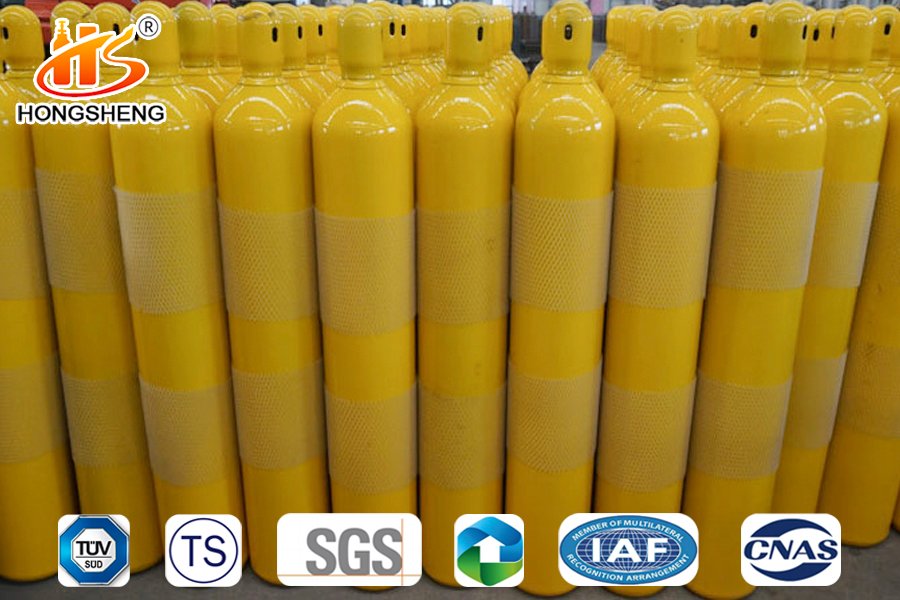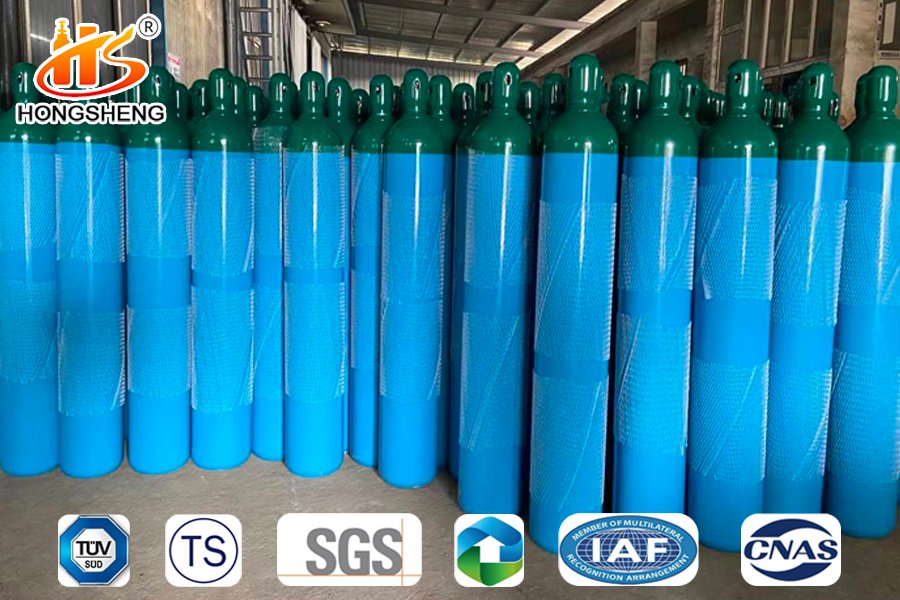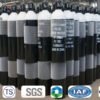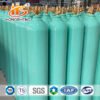Chemical formula: SF6
Molecular weight: 146.055
CAS no. : 2551-62-4
MDL number: MFCD00011447
EINECS no. : 219-854-2
RTECS number: WS4900000
Physical properties
Density: 6.0886 kg/m3
Melting point: 50.8 ℃
Boiling point: -63.8℃ (sublimation)
Critical temperature: 45.6℃
Critical pressure: 3.76mpa
Saturated vapor pressure: 2450kPa (25℃)
Appearance: colorless and odorless gas
Solubility: slightly soluble in water, soluble in ethanol and ether
Tips til gassikkerhed:
1. Sulfur hexafluoride is an asphyxiant that, at high concentrations, can cause dyspnea, wheezing, blue skin and mucous membranes, and systemic convulsions. After inhaling a mixture of 80% sulfur hexafluoride and 20% oxygen for a few minutes, the human body will experience numbness in the limbs and even death by suffocation.
2. Sulphur hexafluoride is about five times denser than air, so a person breathing it would emit mechanical waves with longer wavelengths, making him sound more like a man. Helium, on the other hand, would emit shorter wavelengths, making him sound more like a woman.
Use cylinder: 40L or 50L
Shandong Hongsheng Pressure Vessel Co, Ltd. er villig til at være din langsigtede partner og chef for cylindersikkerhed og i fællesskab eskortere din cylindersikkerhed.


As an insulating gas, SF6 has many advantages. It is a colorless, tasteless, non-toxic and non-flammable inert gas, and has excellent cooling arc characteristics, especially in the switching equipment with high arc temperature under the action of high cooling effect, to avoid the possibility of local high temperature.
The insulation performance of SF6 is much better than that of traditional oil and air insulation media. Used in electrical equipment, it can reduce the size of equipment and improve the reliability of insulation.
The disadvantage is that in the arc discharge, the decomposition of sulfur into low-fluorine compounds, not only toxic, and some insulating materials and metal corrosion.
SF6 is a relatively heavy gas. Under the same conditions, its density is 5 times that of air, and the relation between pressure and temperature follows the ideal gas law.
























